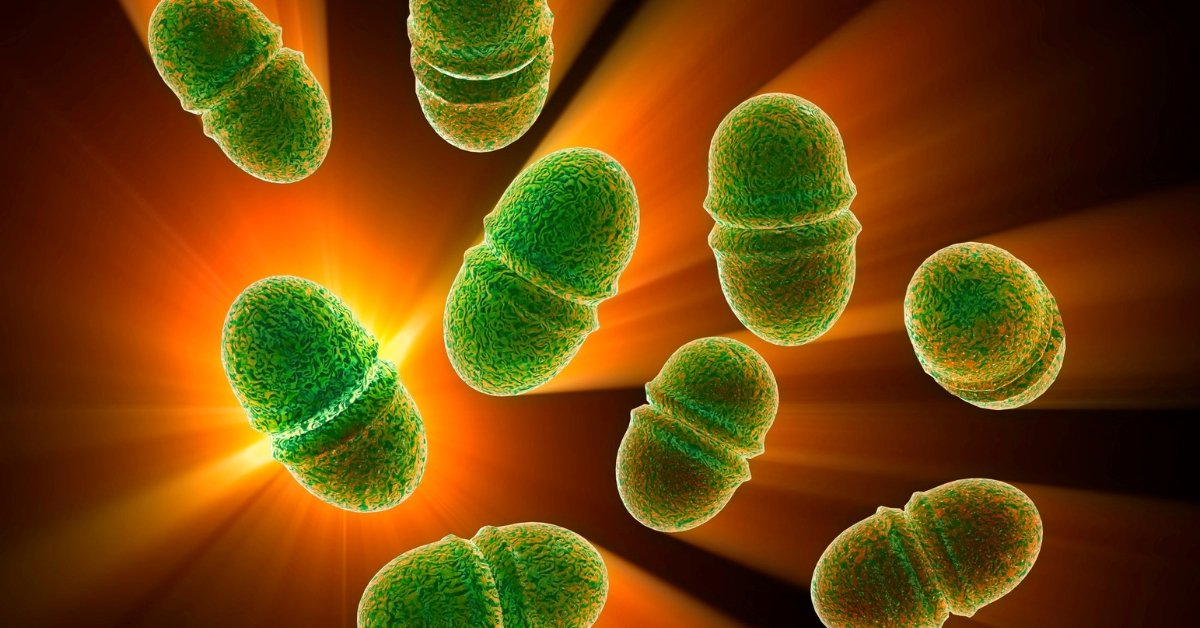Explore the fascinating process of binary fission, a key method of asexual reproduction in bacteria and amoeba, uncovering the steps and implications for genetic diversity.
Table of Contents
Binary fission is a testament to the marvels of nature’s simplicity and efficiency in reproduction, a process possibly as ancient as life itself, dating back over 3.5 billion years.
This blog post delves into the fascinating world of binary fission, exploring its mechanism in bacteria and amoeba reproduction with clarity and simplicity, ensuring the information is accessible to all readers.
What is Binary Fission?
Binary fission is a form of asexual reproduction wherein an organism divides into two, each part inheriting a copy of the genetic material.
This method is primarily observed in prokaryotes (like bacteria) and some single-celled eukaryotes.
Unlike sexual reproduction, which requires the contribution of two parent organisms, binary fission involves dividing and duplicating a single parent’s genetic material, resulting in two daughter cells.
Each of these cells receives a complete set of DNA identical to the parent cell.
The Process Unveiled
Binary fission does not involve the formation of a spindle apparatus, a feature typical of mitotic cell division in eukaryotes.
Instead, the process starts with the DNA molecule beginning replication. Each new copy of the DNA then attaches to different parts of the cell membrane.
As the cell elongates, it pinches in the middle, segregating the original and replicated chromosomes into two new cells.
Key Stages of Binary Fission in Bacteria
Let us break down the steps involved in bacterial binary fission:
- Replication of DNA: The chromosome uncoils and duplicates, doubling the genetic content.
- Growth of the Cell: Post-replication, the bacterium enlarges, preparing for division. The replicated DNA strands migrate to opposite ends of the cell.
- Segregation of DNA: A septum forms in the cell’s centre, segregating the two chromosomes.
- Splitting of Cells: A new cell wall forms, bisecting the cell and resulting in two daughter cells, each with a full set of genetic material.
Binary Fission in Amoeba
Similarly, amoebae reproduce through binary fission.
After the mitotic division of its genetic material, the amoeba cell divides into two equally sized daughter cells, each a parent clone.
This produces two amoebae from one, with the original parent cell’s identity being “lost” in the process.
Implications of Asexual Reproduction
While asexual reproduction, like binary fission, ensures rapid multiplication and straightforward genetic transfer, it has its drawbacks.
The genetic uniformity among the offspring makes them particularly vulnerable to environmental changes and diseases.
For example, if a bacterium is susceptible to a specific antibiotic, all its progeny will inherit this vulnerability.
Binary Fission in Bacteria vs. Amoeba
| Characteristic | Bacteria | Amoeba |
|---|---|---|
| Reproduction Method | Binary Fission | Binary Fission |
| Genetic Variation | None (clonal) | None (clonal) |
| Speed of Division | Varies among species | Relatively uniform |
| Environmental Adaptation | Diverse (mesophiles to extremophiles) | Adapts by slowing or accelerating division |
Concluding Thoughts
Binary fission, a primitive yet efficient form of reproduction, underscores the beauty of biological simplicity.
By understanding this process, we gain insights into the fundamental mechanisms of life and the evolutionary strategies that have enabled organisms to thrive across millennia.
Whether it is the rapid multiplication of bacteria or the steady division of an amoeba, binary fission reminds us of the continuous cycle of life that operates even at the microscopic level.






